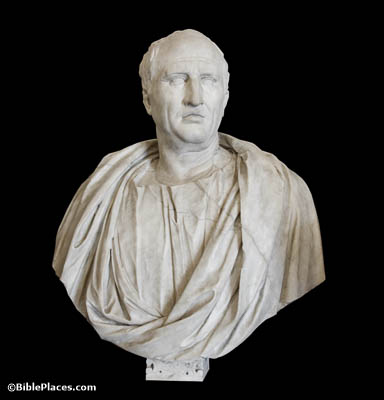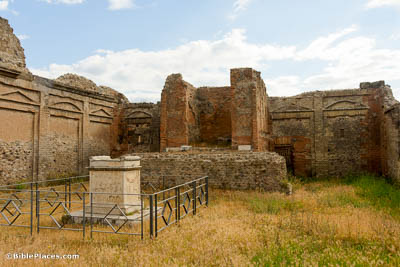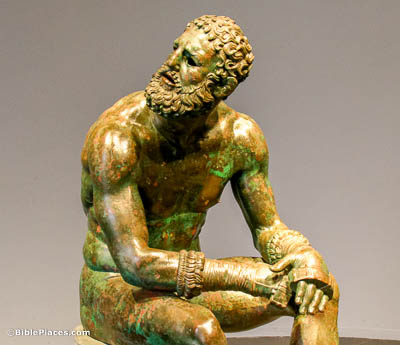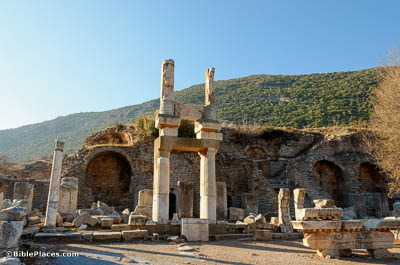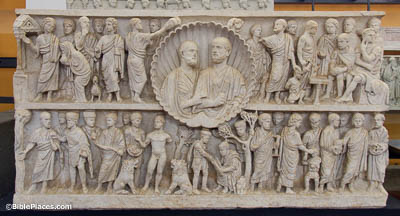If anyone does sin, we have an advocate with the Father, Jesus Christ the righteous (1 John 2:1).
The word “advocate” (Gk. paraklētos) refers to someone who is called to the aid of another. The general meaning refers to someone who helps or intercedes, but it can also be used of a lawyer who functions as a legal advocate. It is another word that is used in the New Testament only by John (cf. John 14:16, 26; 15:26; 16:7). This bust portrays Cicero (106–43 BC), who was a famous lawyer and orator. It was photographed at the Capitoline Museums in Rome.
